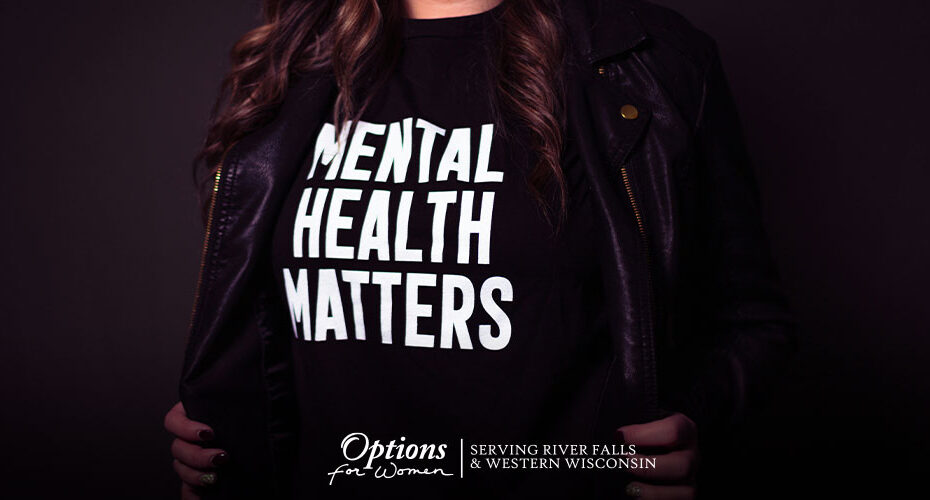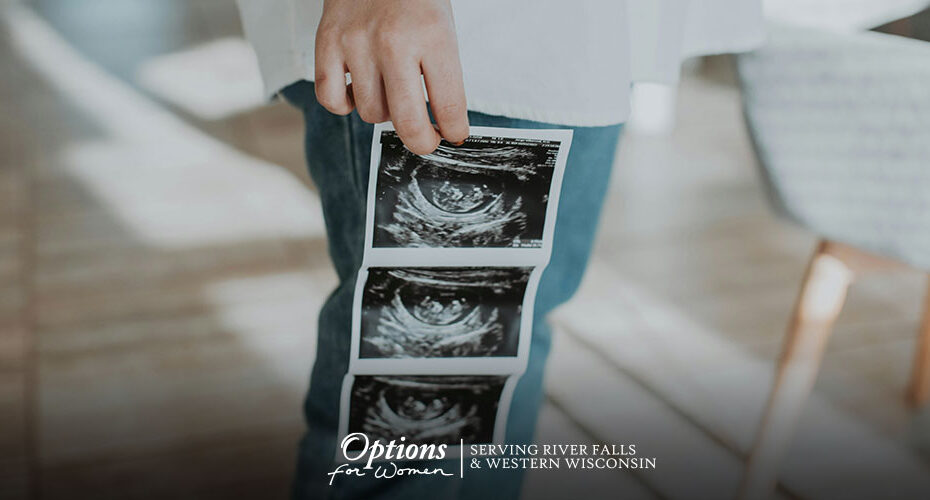Abortion strongly linked to psychiatric hospitalization: new study of 1.2 million women
The risks associated with abortion remained elevated even after controlling for prior mental health, age, and poverty. But among women with prior mental health issues, psychiatric hospitalization was nine times more likely for those who had abortions. In contrast, among women without prior mental health issues, abortion was linked to only a 50% increased risk of psychiatric hospitalization.









